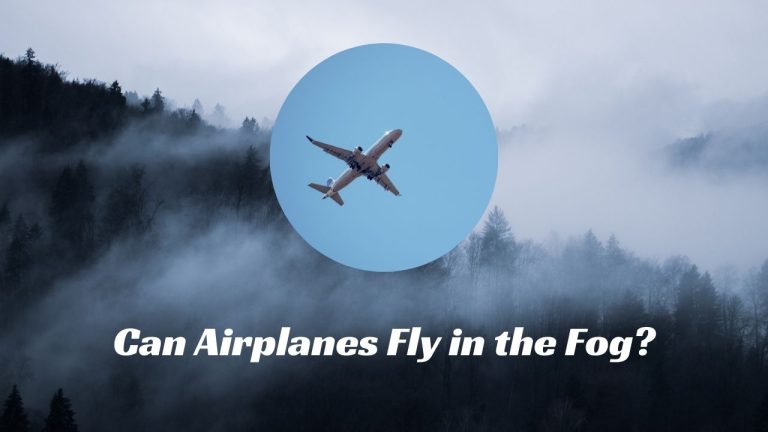Flying in fog can be a daunting task for pilots, as visibility is greatly reduced and navigating through dense clouds becomes a challenge. In this article, we’ll explore the intricacies of flying in fog, the challenges it presents, techniques used to navigate safely, and the precautions taken to ensure a smooth flight even in adverse weather conditions.
Fog and Reduced Visibility
Fog is a meteorological phenomenon characterized by condensed water droplets suspended in the air, reducing visibility to less than 1 kilometer. It forms when the air near the ground cools and reaches its dew point, causing water vapor to condense into tiny droplets. Different types of fog include radiation fog, advection fog, and upslope fog, each formed under specific atmospheric conditions.
Types of Fog
- Radiation Fog: Forms on clear nights when the ground loses heat rapidly through radiation, cooling the air near the surface.
- Advection Fog: Occurs when warm, moist air moves over a cooler surface, leading to condensation and fog formation.
- Upslope Fog: Develops as moist air is forced to rise along elevated terrain, cooling and condensing into fog.
Read Also: Can We Bring Lithium Batteries on Planes?
Challenges of Flying in Fog

Reduced Visibility
Flying in fog significantly reduces visibility, making it challenging for pilots to navigate safely. Poor visibility increases the risk of mid-air collisions, runway incursions, and disorientation, posing a serious threat to aviation safety.
Impact on Navigation Systems
Fog can also interfere with aircraft navigation systems, such as visual approach slope indicators (VASIs), precision approach path indicators (PAPIs), and runway lighting. Reduced visibility makes it difficult for pilots to accurately judge their position relative to the runway and other aircraft.
Techniques for Flying in Fog
Instrument Flight Rules (IFR)
One of the primary techniques for flying in fog is utilizing Instrument Flight Rules (IFR). IFR allows pilots to rely solely on aircraft instruments for navigation, disregarding visual references outside the cockpit. Pilots undergo extensive training to become proficient in IFR flying, learning to interpret instruments accurately and maintain precise control of the aircraft.
Radar Systems
Radar systems play a crucial role in navigating through foggy conditions. Weather radar helps pilots identify areas of dense fog and avoid potential hazards, while ground-based radar assists air traffic controllers in guiding aircraft safely to their destinations. Advanced radar technologies provide real-time updates on weather conditions, enabling pilots to make informed decisions during flight.
Safety Precautions for Flying in Fog
Pilot Training and Certification
Pilot training is essential for safely navigating through foggy conditions. Pilots undergo rigorous training in instrument flying techniques, emergency procedures, and decision-making skills to handle adverse weather situations effectively. Certification requirements ensure that pilots possess the necessary knowledge and skills to operate aircraft safely in all weather conditions.
Air Traffic Control Assistance
Air traffic control (ATC) plays a vital role in assisting aircraft during foggy conditions. ATC provides guidance to pilots, vectors them around areas of poor visibility, and coordinates traffic to prevent conflicts. Clear communication between pilots and controllers is crucial for maintaining safe separation and efficient flow of air traffic.
Read Also: Can Airplanes Fly in the Rain?
Conclusion
Flying in fog presents unique challenges for pilots, requiring specialized training, advanced technologies, and strict adherence to safety protocols. Despite the obstacles posed by reduced visibility, modern aircraft and navigation systems enable pilots to navigate safely through foggy conditions, ensuring the continued safety and efficiency of air travel.
Yes, airplanes can fly in dense fog using instrument flight rules (IFR) and advanced radar systems.
Pilots navigate through fog using aircraft instruments and radar systems, disregarding visual references outside the cockpit.
Pilots must adhere to specific regulations and safety protocols when flying in foggy conditions, including obtaining proper training and certification.
Passengers should follow instructions from the flight crew, remain seated with seat belts fastened, and avoid unnecessary movement during takeoff, landing, and turbulent conditions.
Yes, dense fog can cause flight delays and cancellations due to reduced visibility and safety concerns.

